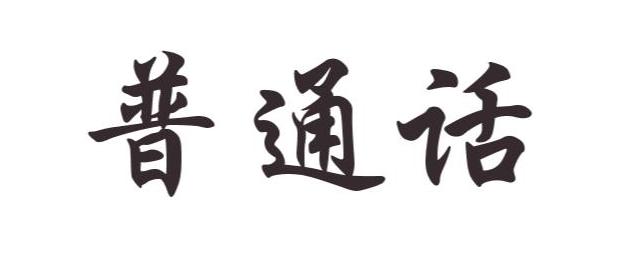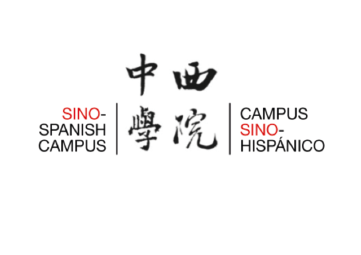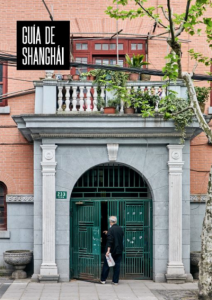Geography
Lying on the estuary of the Chang Jiang (Yangtze) River, Shanghai is regarded as the economic capital of mainland China. Arriving in Shanghai, you will be overwhelmed by the crowds, vehicles, malls and skyscrapers. This modern metropolis with its rich heritage of ancient Chinese culture offers you a wide choice of sightseeing, shopping and living. Puxi (west of the Huangpu River) remains Shanghai’s cultural, residential and commercial centre. It is not an administrative division or district in Shanghai but a term often used to describe the historical urban area of Shanghai. Pudong (east of the Huangpu River), oficially known as Pudong New Area, is a district of Shanghai. Since the beginning of its development in 1990 when plans were first announced, Pudong has emerged as China’s financial and commercial hub.
Weather
With a subtropical maritime monsoon climate, Shanghai enjoys four distinct seasons, generous sunshine and abundant rainfall. Its spring and autumn are relatively short compared with summer and winter. The average annual temperature is 16°C.
Shanghai starts the year shivering in midwinter, when temperatures can drop below freezing and the vistas are gray and misty. Spring brings warmth; April to mid-May is probably one of the best times to visit Shanghai, along with autumn (late September to mid-November). In summer the hot and humid weather makes conditions outside uncomfortable, with temperatures often as high as 40°C in July and August.
Language
The languages spoken in Shanghai are Shanghainese and Mandarin. Since Shanghai is in the Peoples Republic of China, the of cial language is Standard Mandarin Chinese, also known as Putonghua. However, the traditional language of the Shanghai region is Shanghainese, which is a dialect of Wu Chinese which is not mutually intelligible with Mandarin Chinese. There is no standard written form of Shanghainese and it rarely appears in writing. Mandarin is the of cial language in China. It is a tonal language, written in characters. The Romanised phonetic version, which is commonly used to teach the language, is called pinyin.





